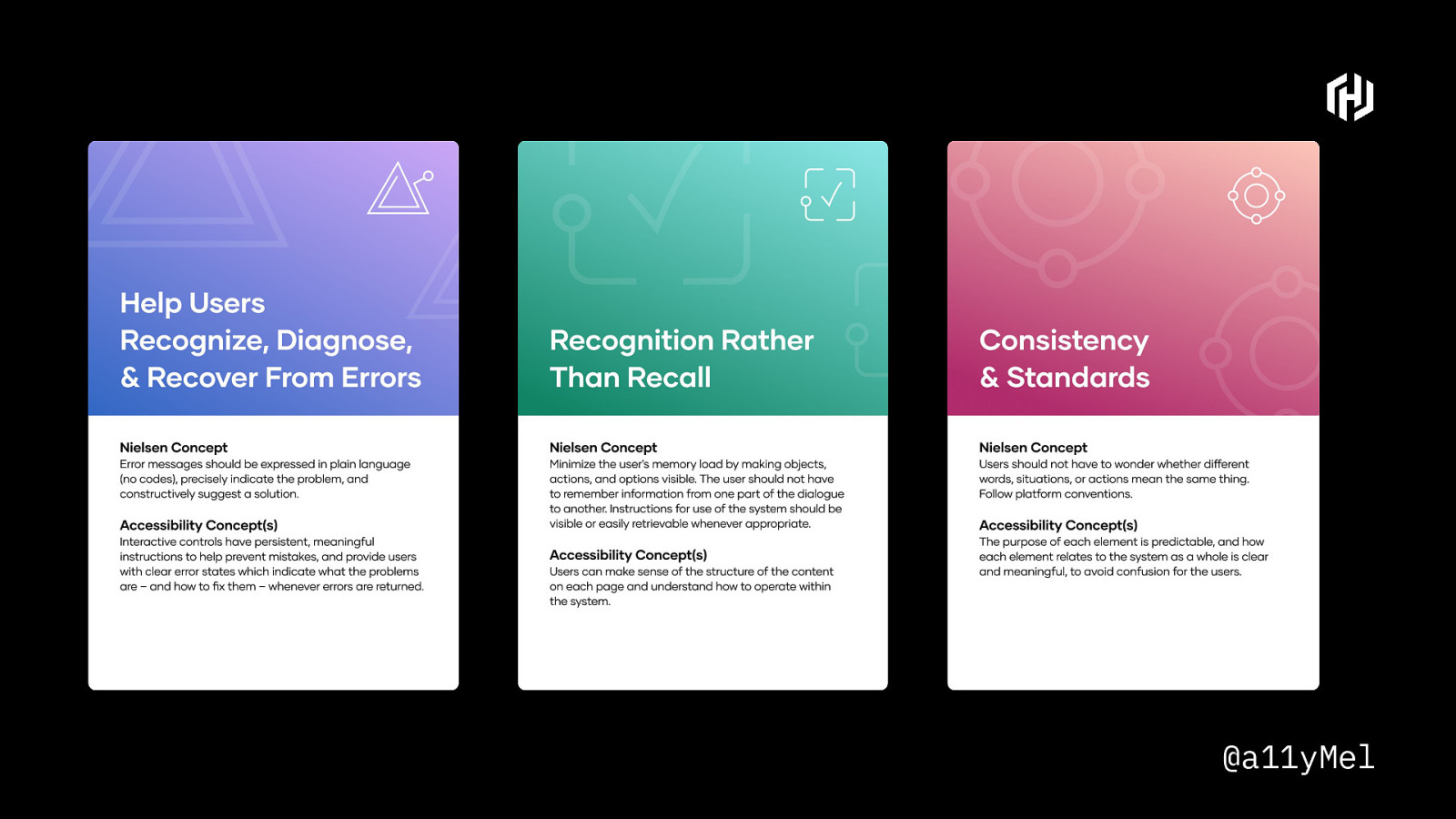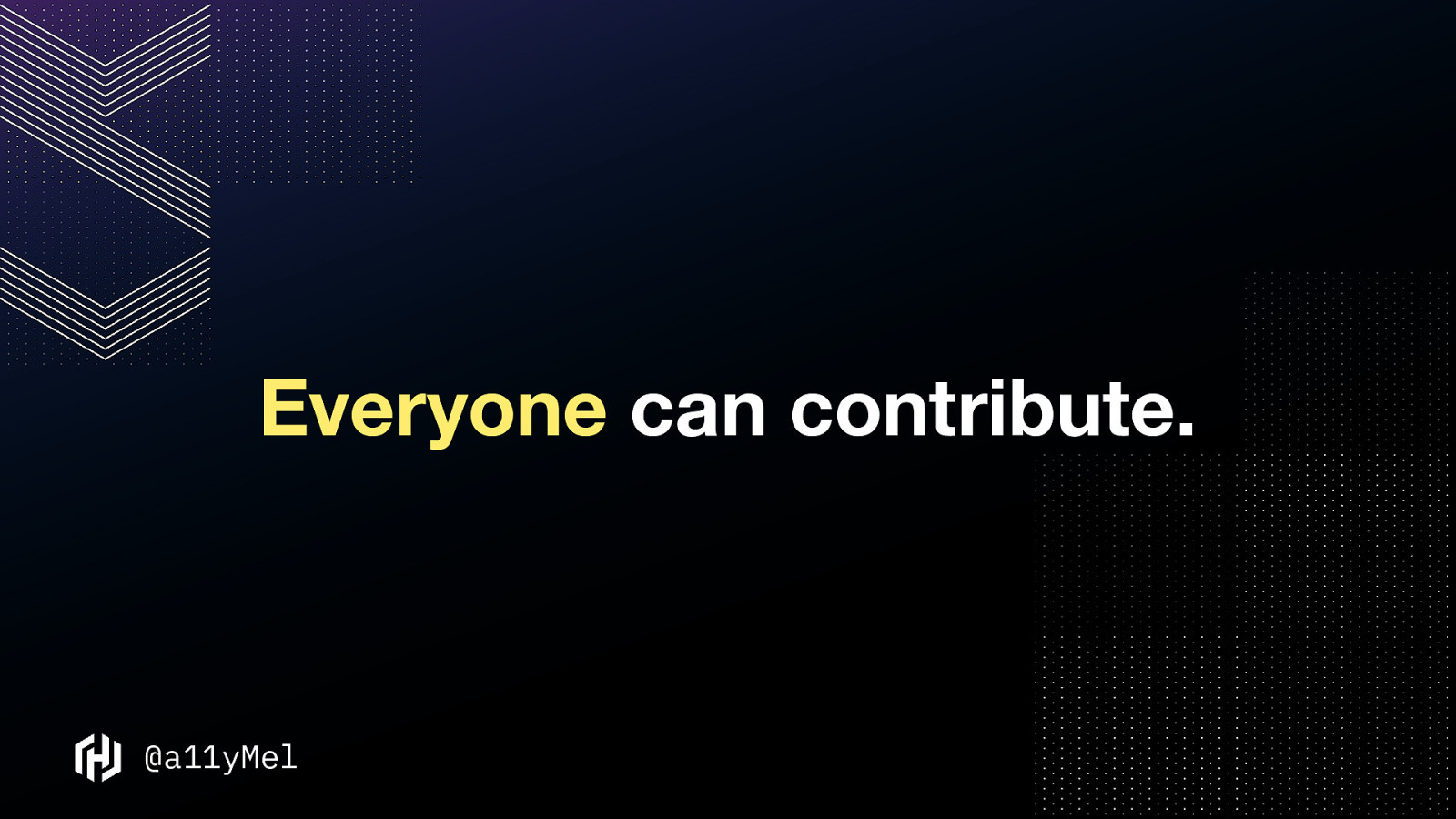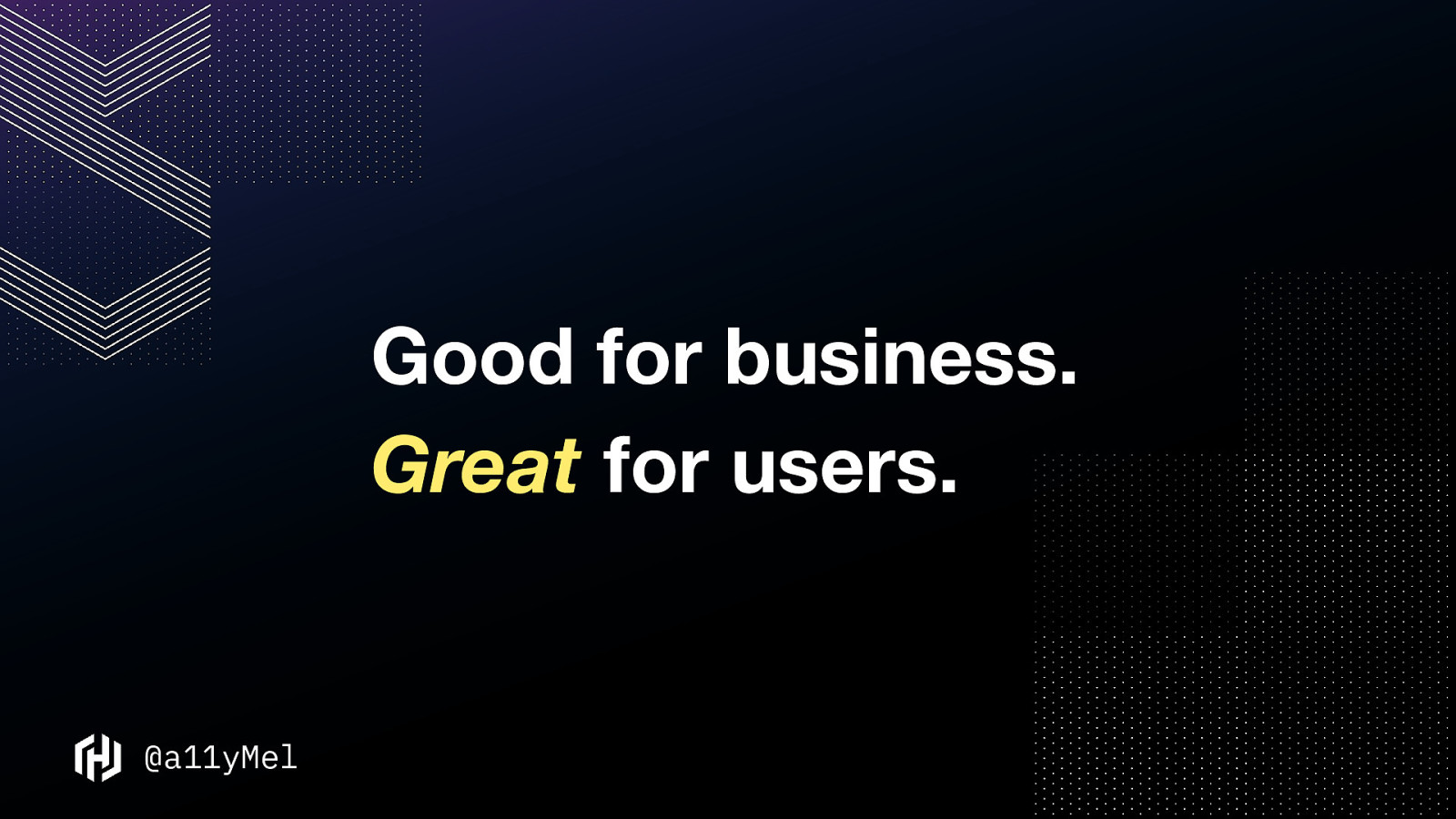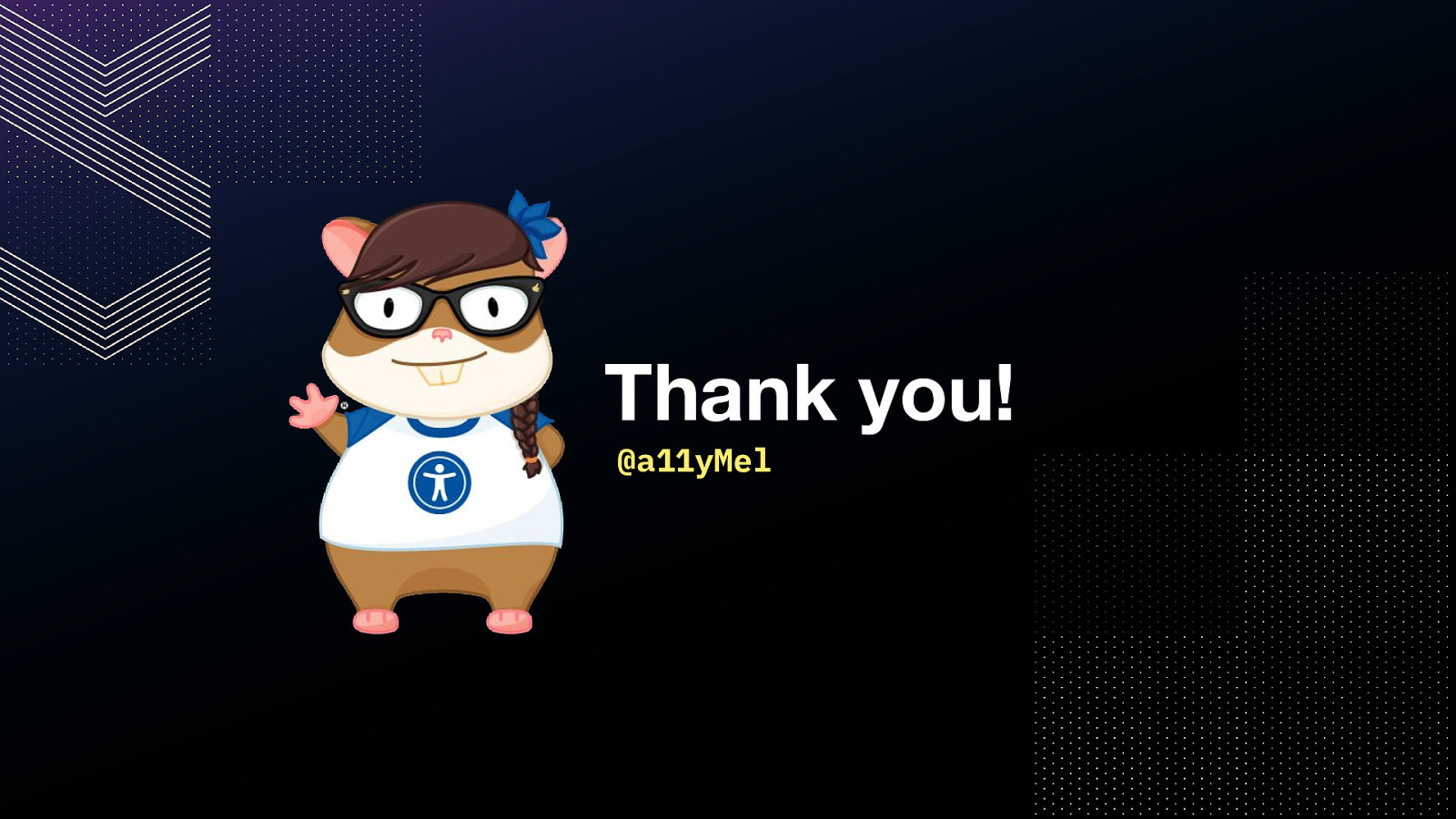Focus on the Outcomes
I think the single biggest thing that we can give not only ourselves but also our senior management is information. The information they need to support us from a business perspective.
The thing is, accessibility IS a civil right, and it is also an emotional issue. And that seems like it’s at odds with business IN GENERAL. But I envision an environment where it doesn’t have to be.
We can accept, as a company value, that accessibility is a facet of quality. We can also rationalize the work that needs doing…with numbers. Just like every other part of the business.
Maybe in a perfect world, we wouldn’t have to do these things, but also…we CAN do this, so why not give business what it needs? After all, the outcomes are what matters.







































































